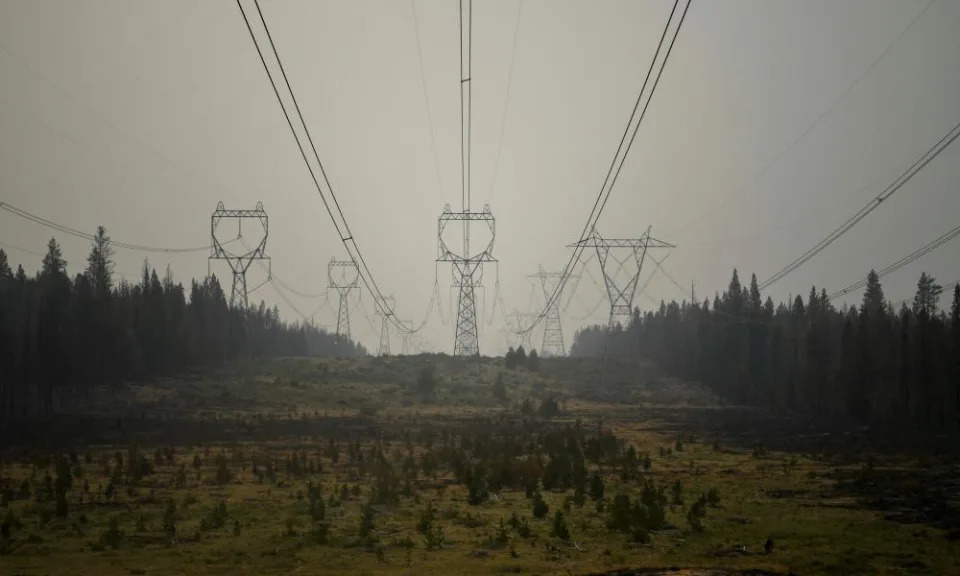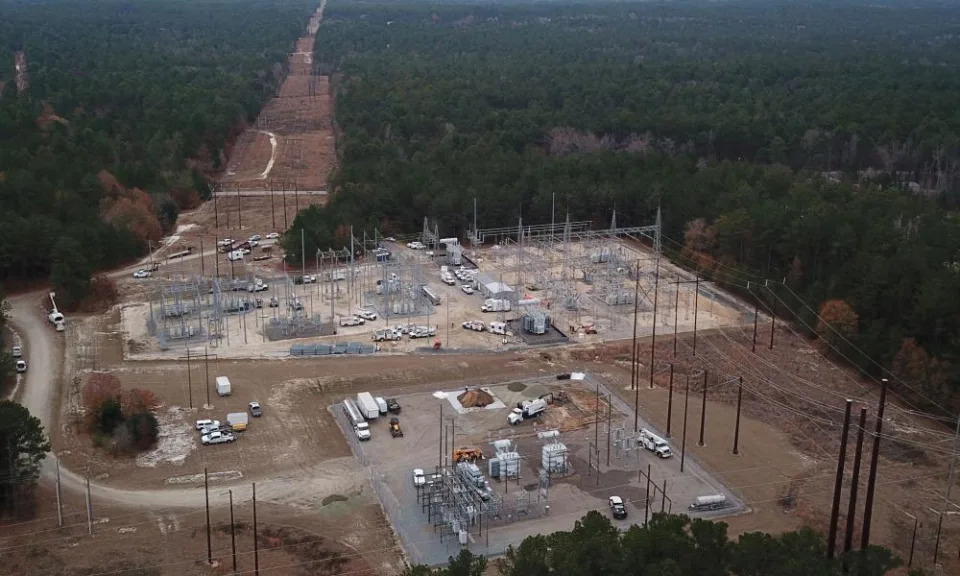Men’s Health
Here’s the Healthiest Way to Drink Alcohol, According to a Dietitian
Erica Sweeney – December 12, 2022
“Hearst Magazines and Yahoo may earn commission or revenue on some items through the links below.”
ENJOYING A NICE glass of red wine with dinner, sipping a tumbler of bourbon after a long day, trying a new craft beer, or mixing up your own cocktail. Everyone loves a good drink from time to time. Though drinking too much (and, we’ve all been there) isn’t good for you, it is possible to incorporate your favorite alcoholic beverage into a healthy lifestyle.
So, what is healthy drinking? “Moderation is key,” says Brittany Kunza, M.D., a medical director at virtual health platform PlushCare. “Alcohol really shouldn’t be considered ‘healthy,’ but it certainly can be part of social gatherings.”
The Centers for Disease Control and Prevention (CDC) recommends no more than two drinks a day for men and one for women. But, two-thirds of adults say they drink more than that at least once a month.
Drinking too much long-term can bring many health consequences, such as high blood pressure, heart disease, liver disease, and stomach problems. It can also weaken your immune system and increase your risk for certain cancers.
Either inspired by these health risks or striving to cut back for other reasons, many people are partaking in Dry January or permanently embracing a “sober curious” lifestyle. And, non-alcoholic, booze-inspired drinks are becoming more popular.
Many aspects of drinking can affect your health—how much you drink, how often, and your beverages of choice. A healthy approach to drinking alcohol is part of a healthy approach to life. Often, that means choosing drinks that are lower in sugar and calories, such as skipping sugary mixers and using seltzer in place of tonic.
What’s the best way to balance drinking and a healthy lifestyle?
It’s best not to overdo it when it comes to alcohol and stick to two drinks or less a day. But, having a few more from time to time likely won’t harm your health—just don’t drive when you’re drinking.

Everyone is different in terms of how they handle alcohol. Some people can drink more than others before they feel drunk.
“Alcohol impairment is an individual number that is different from person to person,” says Ernest Gelb, D.O., president of the American Osteopathic Association. “The legal limit is 0.08, but there are many individuals who can’t tolerate that much alcohol. The end result of impairment is the same and will not end well.”
It’s a good idea to understand what’s considered a “standard drink,” too, says Dr. Kunza. According to the CDC, standard drink sizes include:
- 12 ounces of beer
- 8 ounces of malt liquor
- 5 ounces of wine
- 1.5 ounces of distilled spirits, like gin, vodka, or whiskey
What Kinds of Alcohol Are the Healthiest Options?
Ignore the myths you heard in high school about your body processing certain alcoholic beverages in different ways. Your liver doesn’t recognize wine from beer from a Long Island Iced Tea—it only processes alcohol.
That said, if a drink is higher in alcohol, your liver has to work hard. So if you’re drinking a finger of Scotch whisky neat (typically about 40% alcohol by volume, or ABV), your liver is going to have an easier time than with that Long Island Iced Tea (typically four shots of alcohol—all of which are roughly 40% ABV).
So, usually, the simpler the drink—and the less of it that you’re drinking—the better off your liver (and you!) will be. Here’s what to know about drinking different kinds of booze.
Beer
Beer can contain anywhere from 103 to 350 calories per 12 ounces. Craft beers often have a higher ABV than traditional macro-beers. And more alcohol means more calories.
For example, a 12-ounce beer with 9% ABV (typical for craft brews) has about 270 calories. But because craft breweries don’t have to list the calorie count on their beers, you can use this handy equation to estimate the number of calories in your beer: Multiply the ABV by 2.5, then multiply that by the number of ounces in your beer.
Vodka, tequila, and other spirits
Put this in the myth category. Tequila—as well as vodka, rum, and gin—all have zero grams of carbs, so they won’t raise your blood sugar if you drink them straight up. If you have diabetes, you should count your drink as two fat exchanges.

But don’t fall for the hype that choosing a tequila made from 100 percent agave changes the impact. All of the health attributes of agave (aka lower glycemic index, etc.) are gone once it’s been distilled into tequila. That said, choosing pure, agave tequila means you’ll typically skip unnecessary additives like caramel coloring. It’s also gluten-free.
Most distilled alcohol, including gin, rum, vodka, and whiskey, contains between 97 and 116 calories per 1.5 ounces.
Hard seltzers
Most hard seltzers are lower in alcohol, ranging from 4% to 6% ABV. But, they can contain added sugar.
Look for brands that offer very little sugar per serving. Otherwise, you’ll take in an overload of calories, mainly from the sweet stuff. Spiked seltzers, on the other hand, aren’t a bad option. Ideally, you want one that’s zero-calorie flavored sparkling water with booze added.
Wine
Most wines contain 120-130 calories per 5-ounce glass. But, the sugar content can vary. A glass of red table wine contains about 0.9 grams of sugar, according to the U.S. Department of Agriculture. Some white wines, like chardonnay, can contain 1.4 grams of sugar, and super-sweet dessert wines can have 7 grams.
Cocktails
Determining the calorie and sugar content of a cocktail is tricky, as it depends on what ingredients they contain. A simple vodka soda with seltzer and a squeeze of lime would be a low-calorie, low-sugar option.
But, sweet cocktails like a mai tai can have as much as 300 calories and loads of sugar. Creamy drinks like a White Russian or Piña Colada can clock in at more than 500 calories.
It’s always a good idea to opt for low-calorie mixers and avoid drinks overflowing with sugar, Dr. Gelb says.
You also need to drink plenty of water, too
Alcohol is a dehydrator. So, it’s crucial to drink plenty of water while you’re enjoying a beer or cocktail.

“Physicians recommend a one-for-one ratio, which is one 8-ounce glass of water for every alcoholic drink,” says Brian Fiani, D.O., attending neurosurgeon at Weill Cornell Medicine/NewYork-Presbyterian Hospital and vice chair of the American Osteopathic Association Bureau of Emerging Leaders.
Drinking alcohol can also irritate the stomach, worsen acid reflux, and contribute to gastritis, Dr. Kunza says. So, it’s a good idea to eat something before you drink or while you’re drinking.
How Drinking Too Much Affects Your Body
Having a few too many glasses of wine or overdoing it on the beer is OK every so often. Drinking too much of even low-calorie alcohol long-term can be detrimental to your health.
For one, it can affect the brain and spine. “Specifically, regarding the central nervous system, alcohol slows down the cerebral cortex process, which can lead to poor judgment,” Dr. Fiani says.
Long-term drinking can damage the brain’s frontal lobes, which can affect decision-making, memory, judgment, and impulses, he adds. It can also lead to degenerative disc disease of the spine and cause back pain.
Excessive alcohol intake over a long time period can cause a thiamine deficiency, which might lead to someone developing the brain disorder Wernicke-Korsakoff Syndrome, Fiani says. “This condition can cause irreversible mental confusion, loss of coordination, and memory problems similar to dementia.”
Overdoing it on alcohol can cause (or increase your risk for) a number of other health problems, like liver disease, pancreatitis, cancer, high blood pressure, anemia, GI problems, and other conditions.
Signs You Might Be Drinking Too Much
Excessive daily drinking could signal a drinking problem. “Individuals who can’t just have one drink would be a warning sign,” Dr. Gelb says.
If you feel you fall into this category, the Substance Abuse and Mental Health Services Administration is a good place to start.
The bottom line is: When alcohol or any substance use begins to interfere with your life, it’s problematic, says Lea McMahon, LPC, Ed.D., chief clinical officer at Symetria Recovery.
Mental health and addiction professionals use criteria from the Diagnostic and Statistical Manual of Mental Disorders (DSM-5) to assess substance use and how it affects someone’s life, she says. Patients are asked a series of questions, including:
- Do you drink more than you mean to?
- Do you want to stop but can’t?
- Is drinking taking over your life?
- Is drinking getting in the way of day-to-day activities?
- Is drinking getting in the way of your relationships?
- Do you need to drink more than you used to?
“The number of yes answers determines the degree to which one’s substance use is problematic,” McMahon says. For example, two or three yeses might signal a mild alcohol use disorder, four or five a moderate disorder, and six or more a severe disorder.















